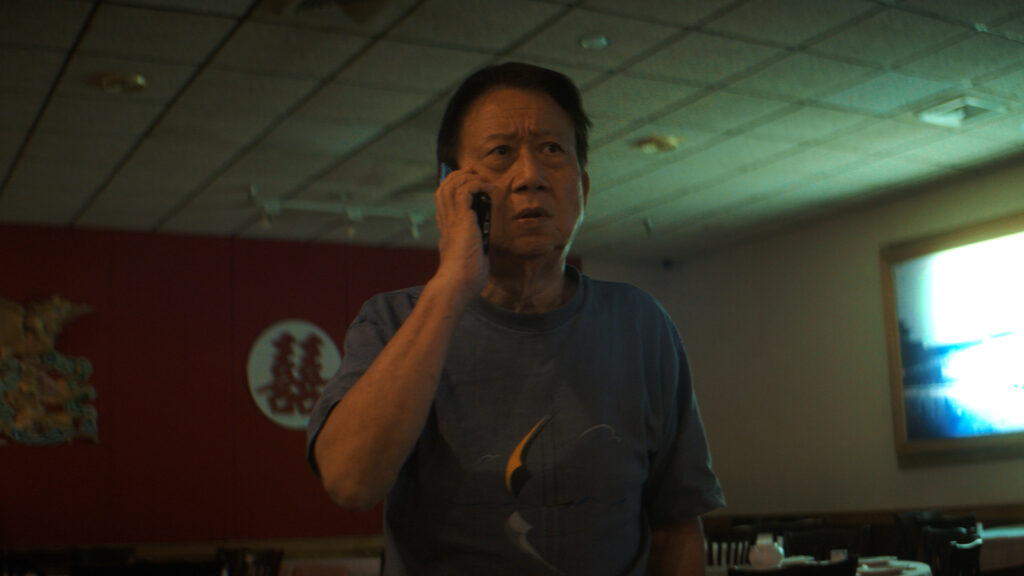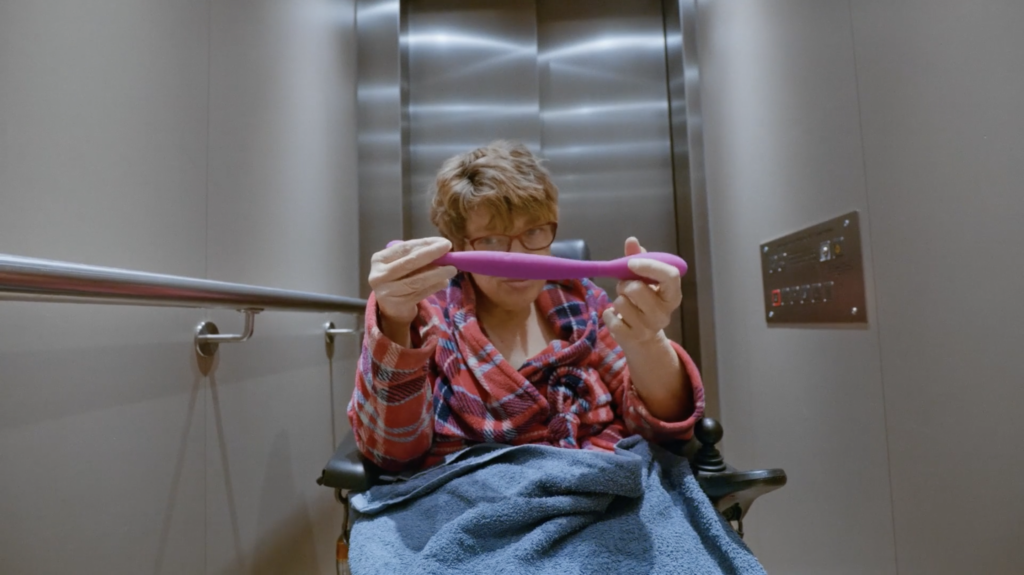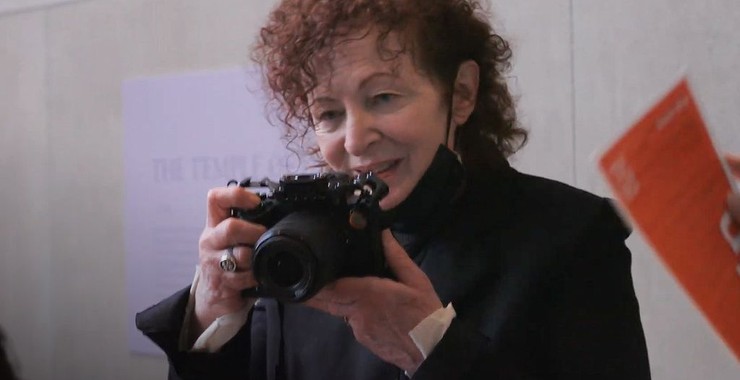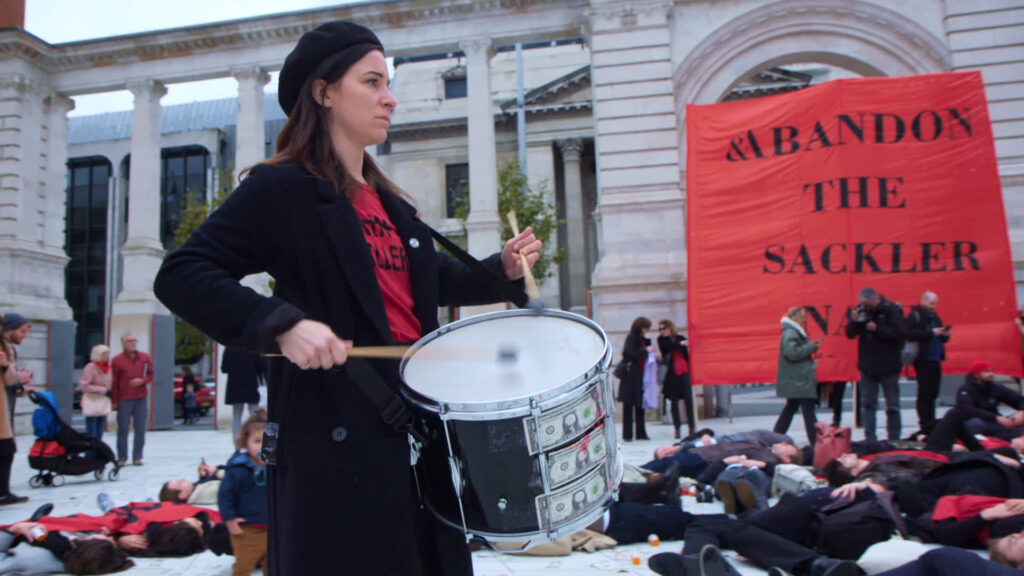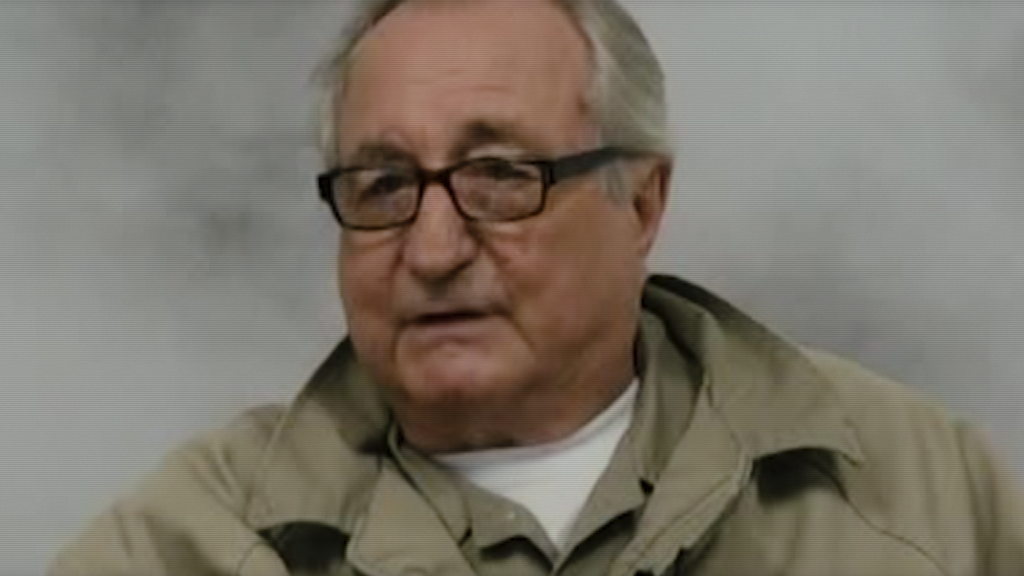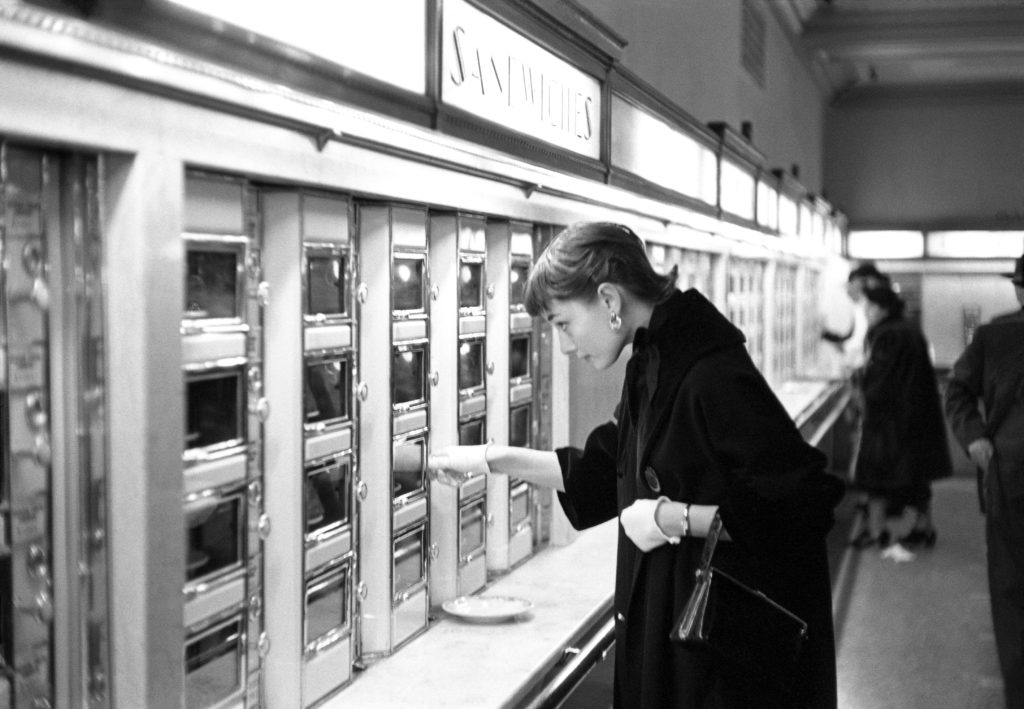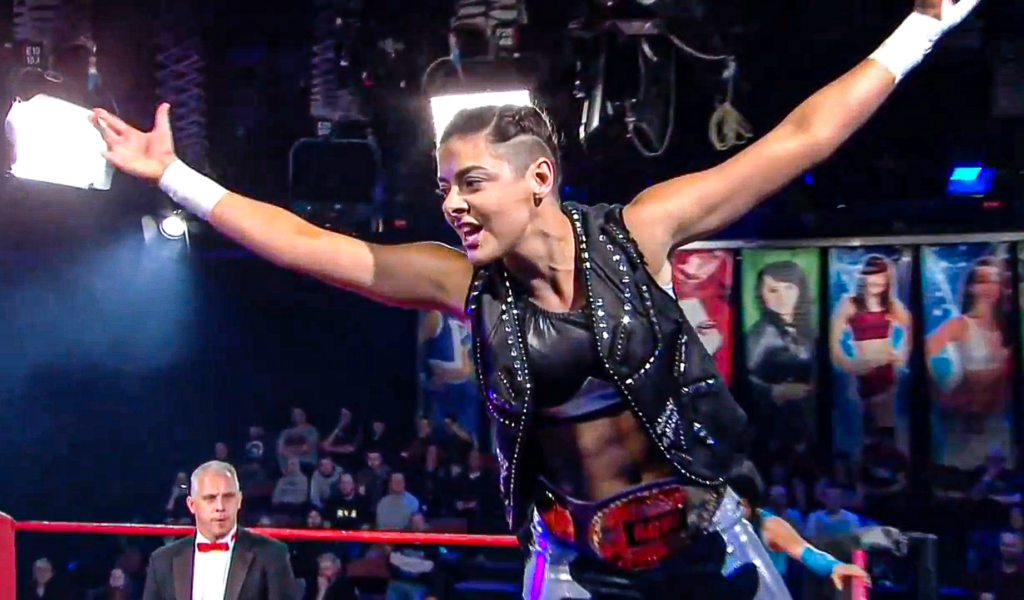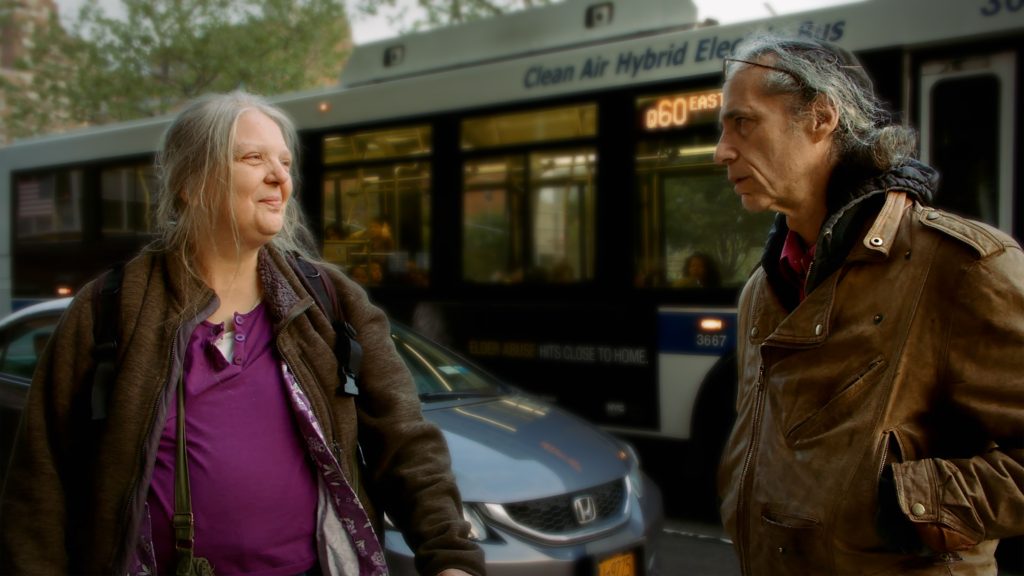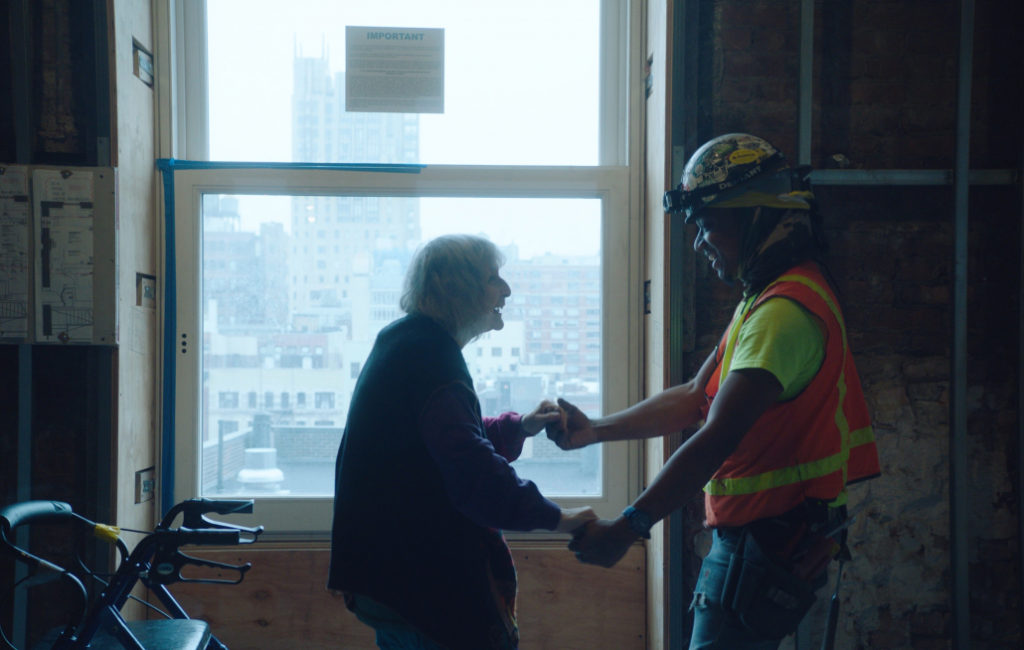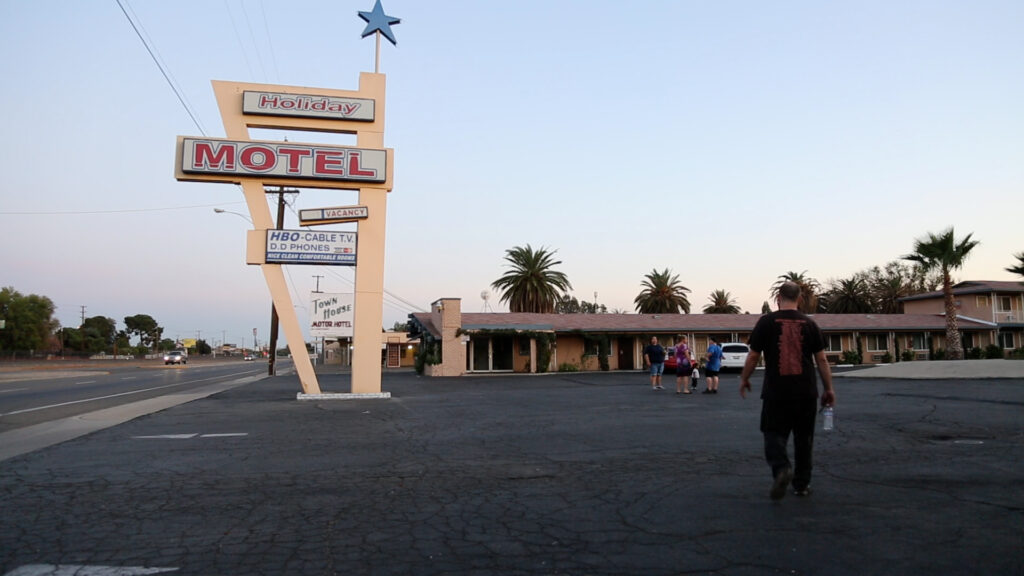
The searing documentary Motel Drive is set in a place none of us would want to be – a clump of three downtrodden motels on a single block in Fresno. The motels have become de facto brothels, emporiums of drug sales and housing-of-last-resort for the otherwise homeless. Registered sex offenders, who are barred from living elsewhere, have been placed in one of the motels. Early in Motel Drive, we learn that over 150 children live there, too, with their mostly meth-addicted parents.
Documentarian Brendan Geraghty has spent seven years following the area’s residents, especially focusing on the Shaw family and their son Justin. The Shaws’ journey is a compelling story, a roller coaster ride of poverty, recovery and relapse with a major stroke of good luck and a shocking consequence to relapse. Addiction is a family disease, and we get a closeup look at the impact on Justin of his parents’ addiction and persistent homelessness.
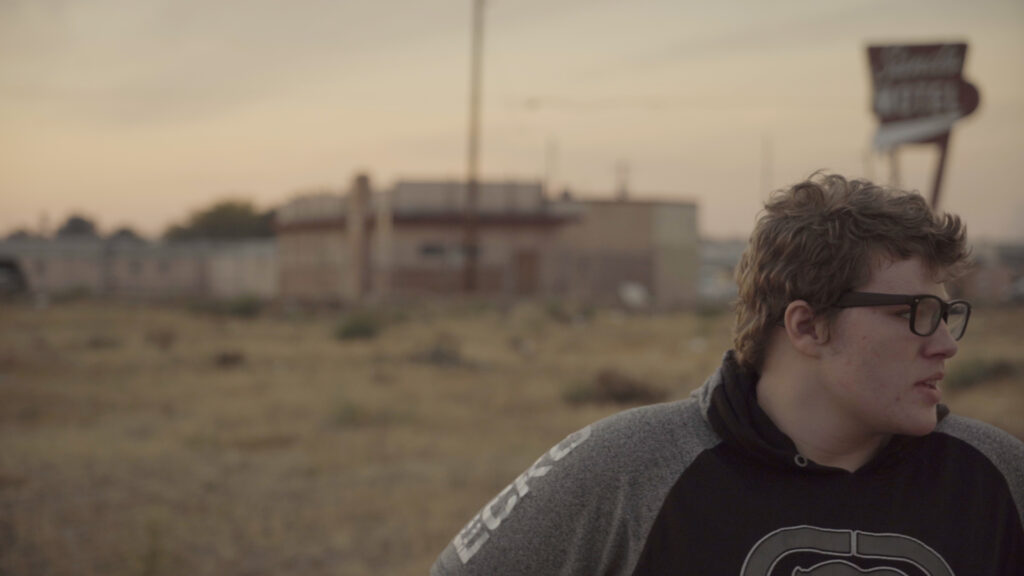
The neighborhood itself is another character in the film, with its own arc driven by neglect and underinvestment, the California High Speed Rail project and changes in government programs on homelessness. We meet saintly do-gooders along with the prostitutes, druggies and the impoverished human flotsam.
Motel Drive is Geraghty’s first feature as a director, and it’s a promising debut; he’s clearly mastered cinéma vérité. Slamdance hosts Motel Drive’s world premiere. As I said in my festival preview, Slamdance: discovering new filmmakers, Justin Shaw was slated to appear on the Slamdance red carpet for Motel Drive’s world premiere, and I couldn’t be happier that this young man could have this experience.

